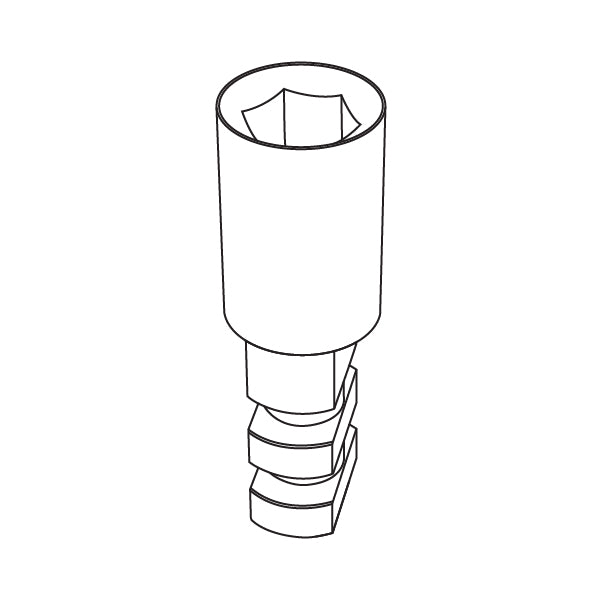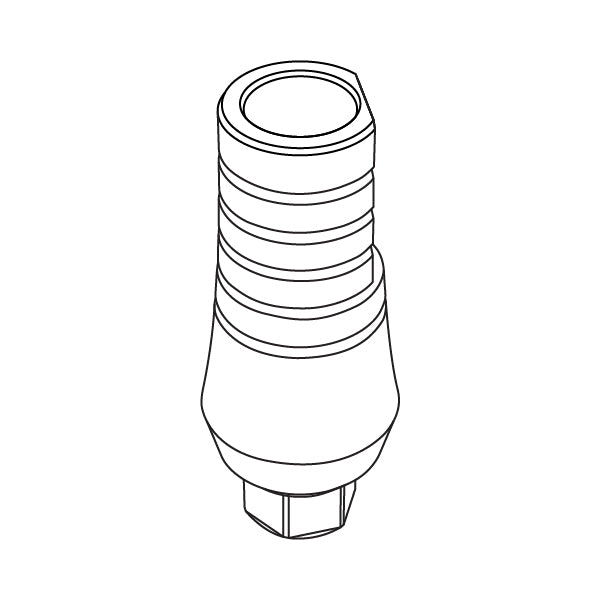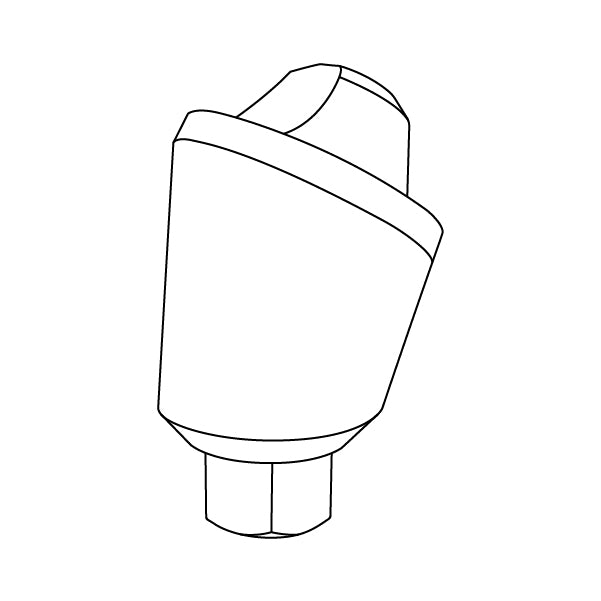Temporary abutments are used for fabricating interim restorations. Our range includes standard abutments as well as 15° and 25° angled alternatives to accommodate various clinical needs.
Even though these abutments are for temporary use, quality is paramount. Each temporary abutment is made from PEEK (Polyether ether ketone) or Titanium grade 5 (Ti-6Al-4V ELI), ensuring durability and reliability throughout the interim restoration period.
Open Description
FAQs
GDT Implants' Temporary Abutments are designed to streamline the healing and provisional phase of dental implant treatments. Their shape and structure provide optimal support for temporary prostheses, ensuring that soft tissue contouring is well-maintained. This promotes better healing by guiding the gingival tissue to develop a natural emergence profile, contributing to improved aesthetics and easier transition to permanent restorations. Additionally, their secure retention offers stability, which is crucial for maintaining the integrity of the temporary crown during the healing process.
We use high-grade materials for our Temporary Abutments to ensure durability, stability, and patient comfort. For instance, medical-grade titanium is often selected due to its excellent strength-to-weight ratio, which provides resilience during functional loads while minimizing the risk of deformation. Titanium’s resistance to corrosion also makes it ideal for use in the oral environment, ensuring that the abutments maintain their structural integrity over the provisional period. These material properties contribute to predictable clinical outcomes and seamless transitions to permanent restorations.
Our Temporary Abutments are designed to optimize soft tissue management during the interim phase of treatment. Their contour and height options allow dentists to customize the fit for each patient, enhancing tissue adaptation and support. This tailored approach encourages healthier soft tissue formation, which is essential for achieving a stable and natural-looking emergence profile. Additionally, the secure fit helps to protect the surgical site and reduce micromovements, supporting undisturbed healing and enhancing the longevity of the final restoration.
When using our Temporary Abutments, it’s important to select the appropriate size and contour to match the patient’s specific clinical requirements. Ensuring a precise fit helps maintain soft tissue health and minimizes the risk of irritation or improper healing. Dentists should also consider factors such as occlusal load and the type of temporary restoration being placed, as these can influence the selection of the abutment’s dimensions. Properly seating the abutment and securing it to the implant helps ensure that the temporary crown remains stable, protecting both the implant and surrounding tissue during the healing phase.



























